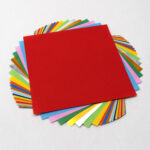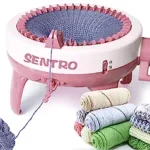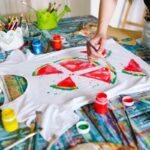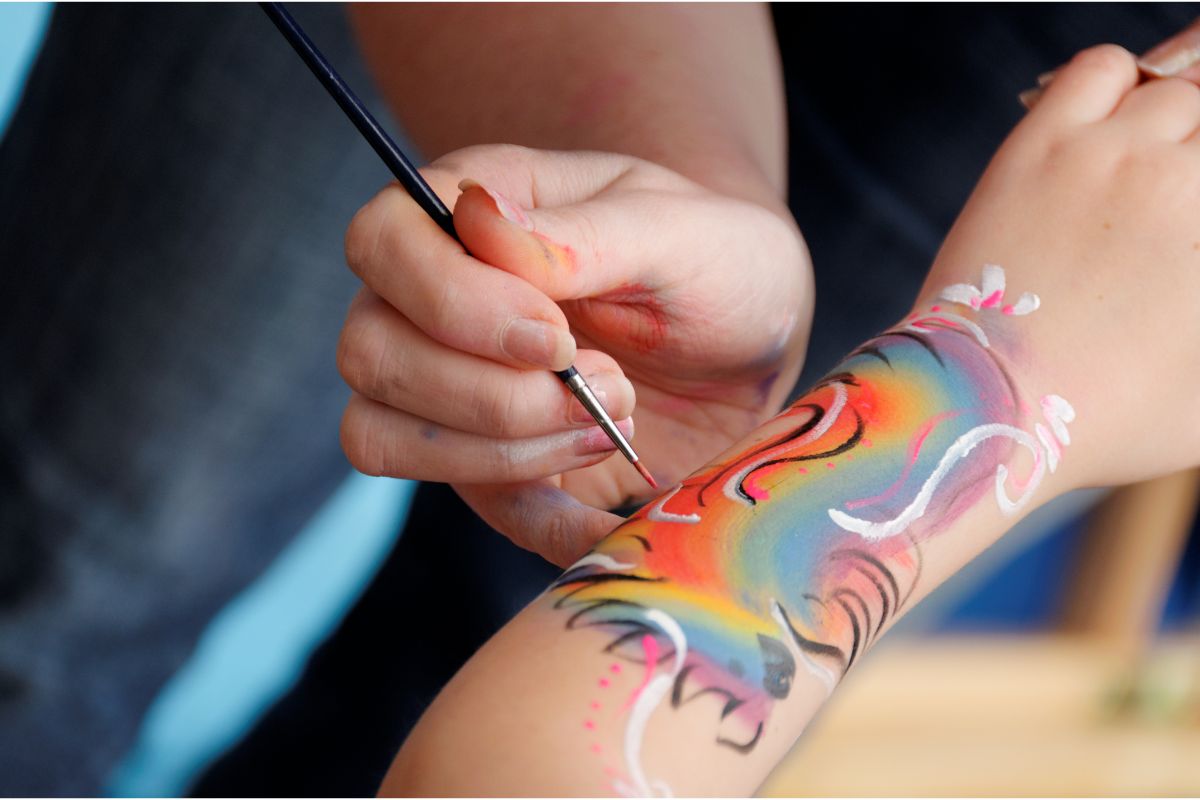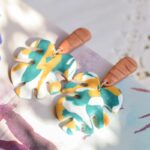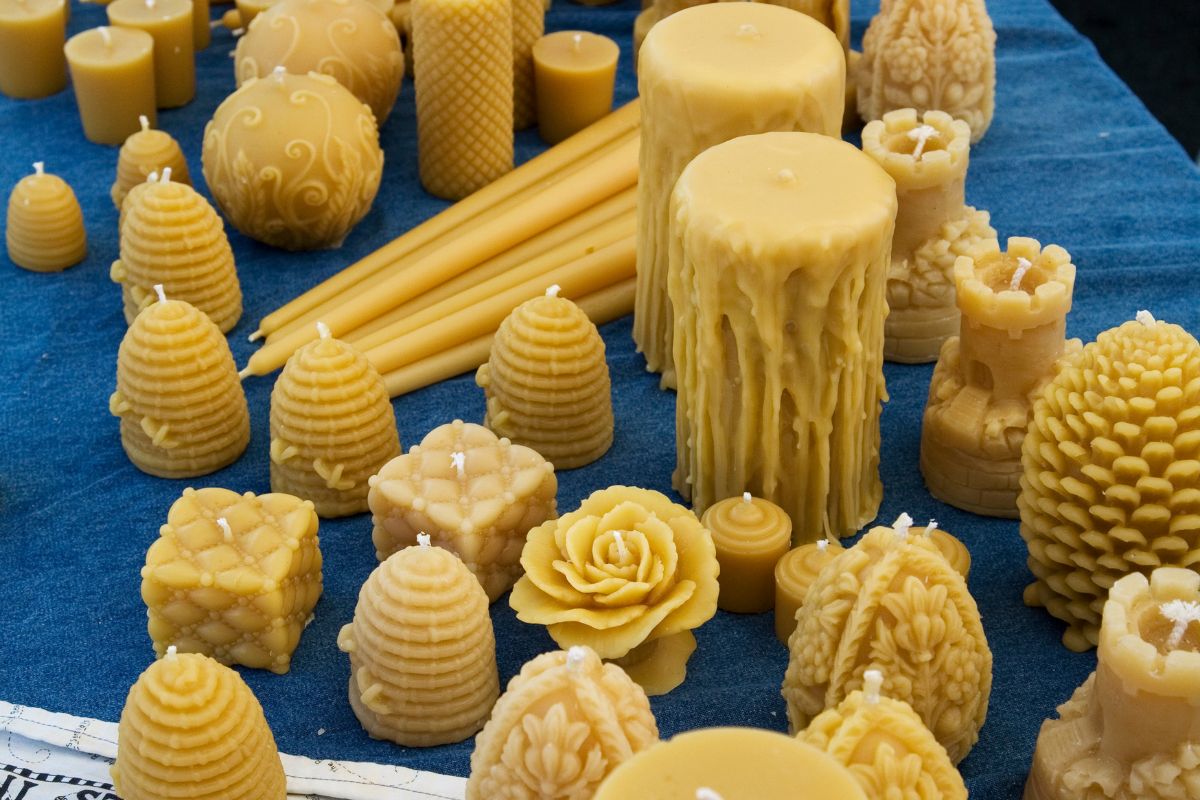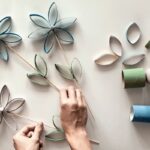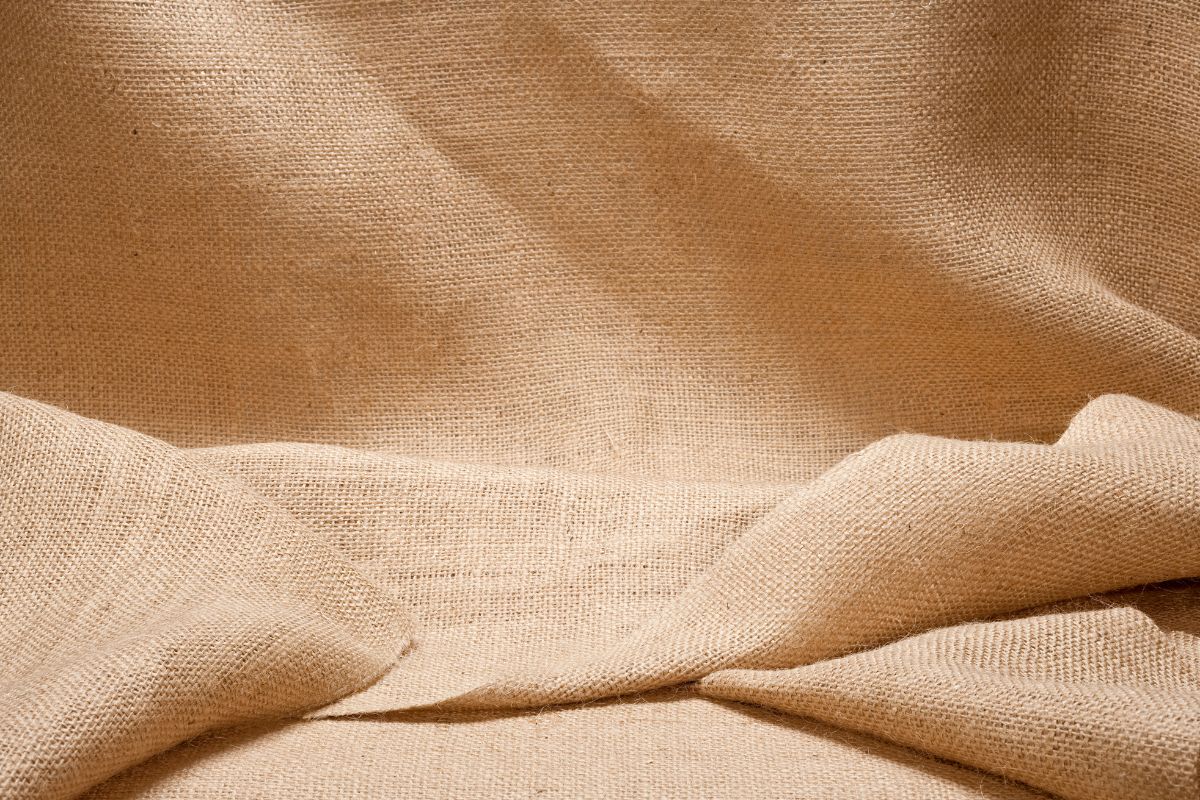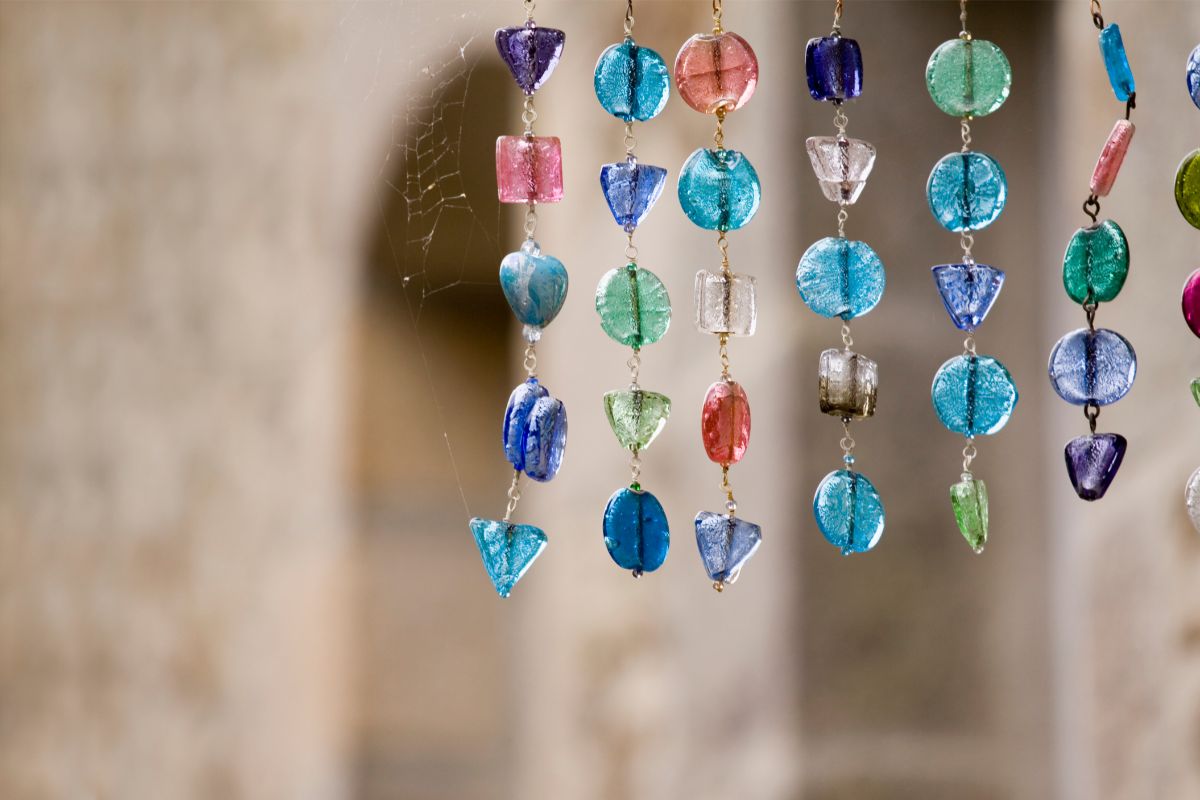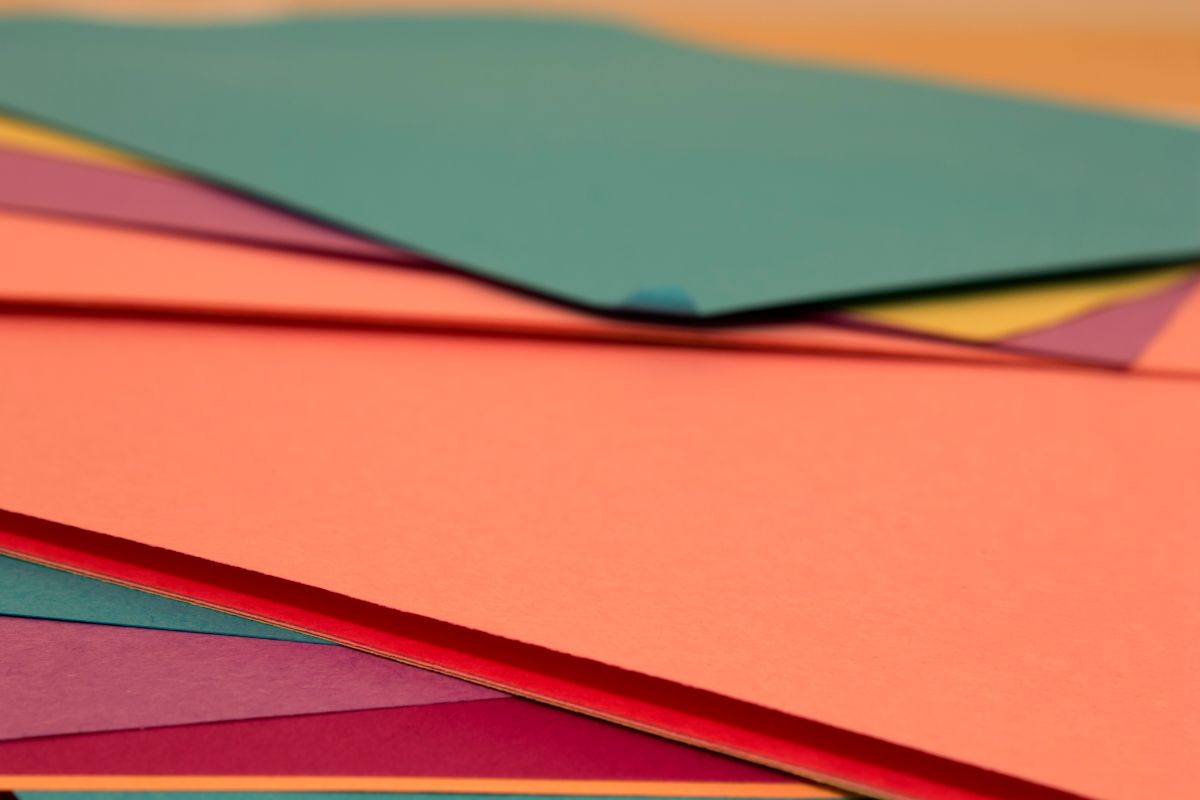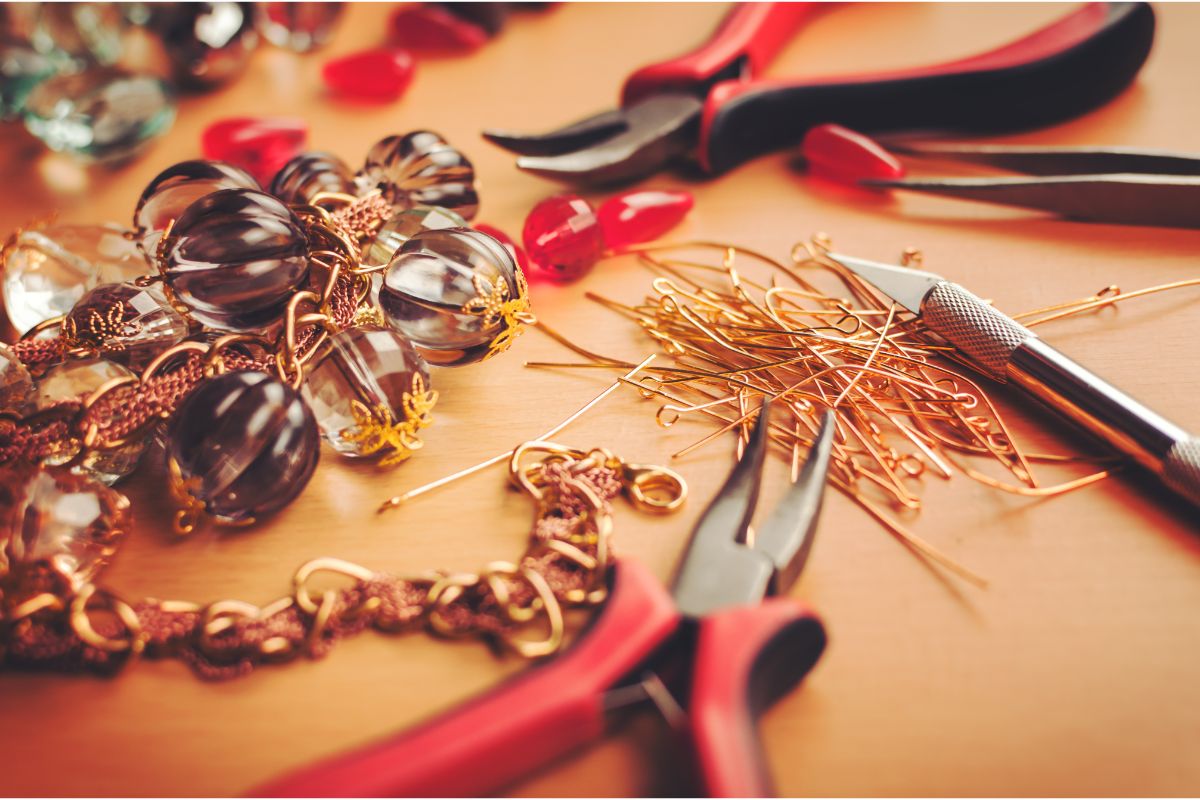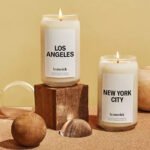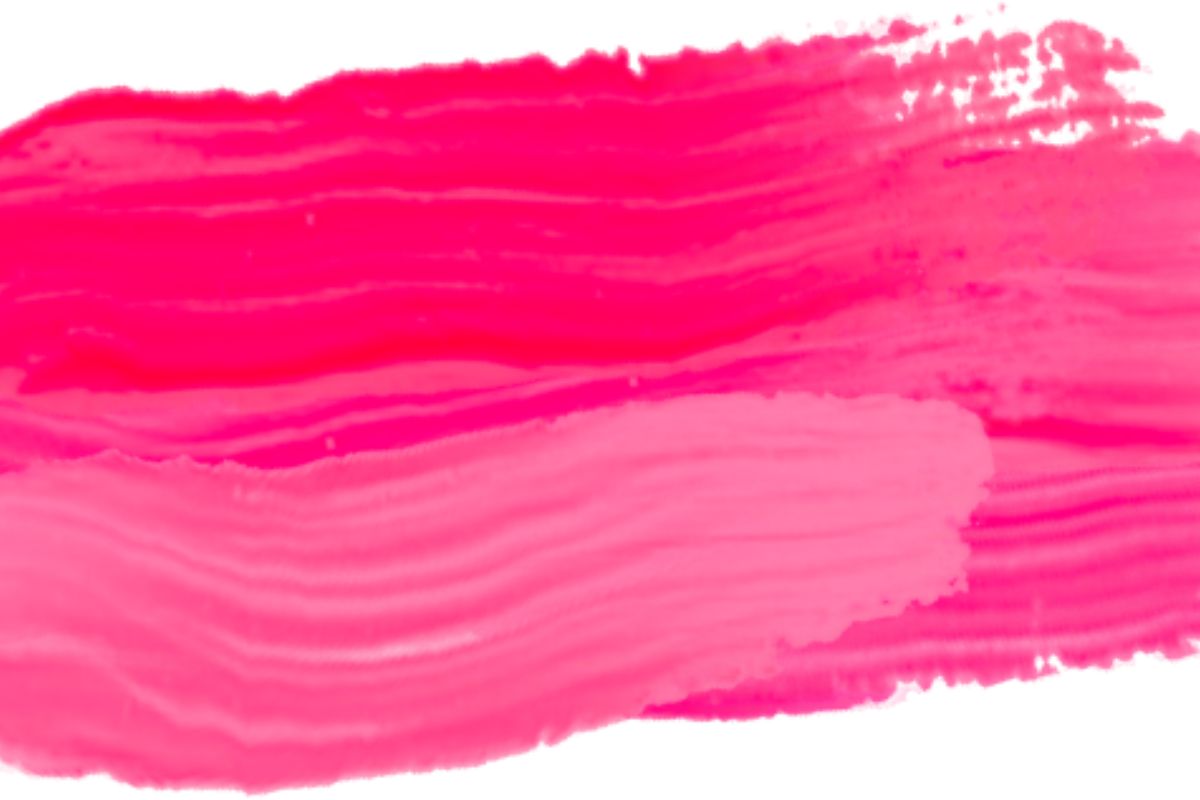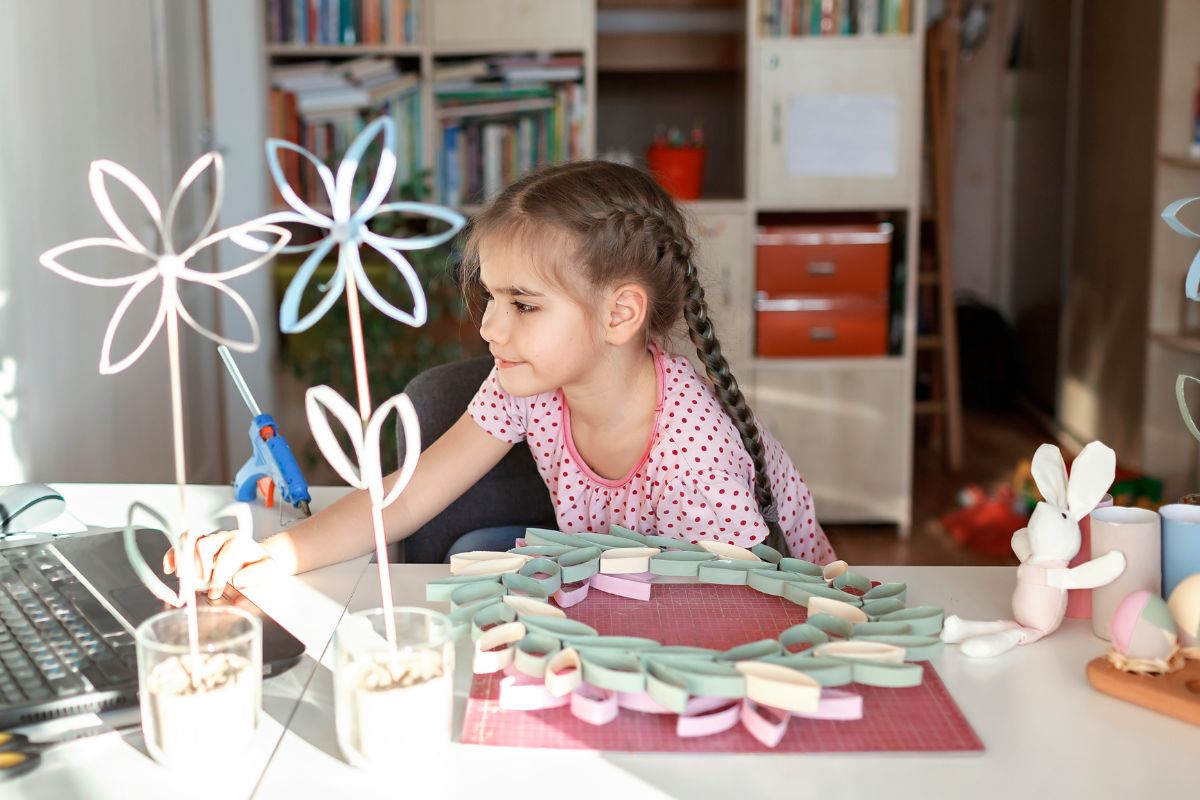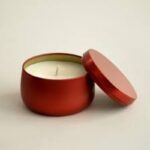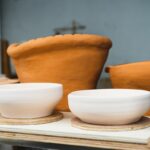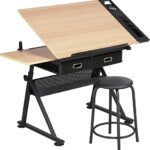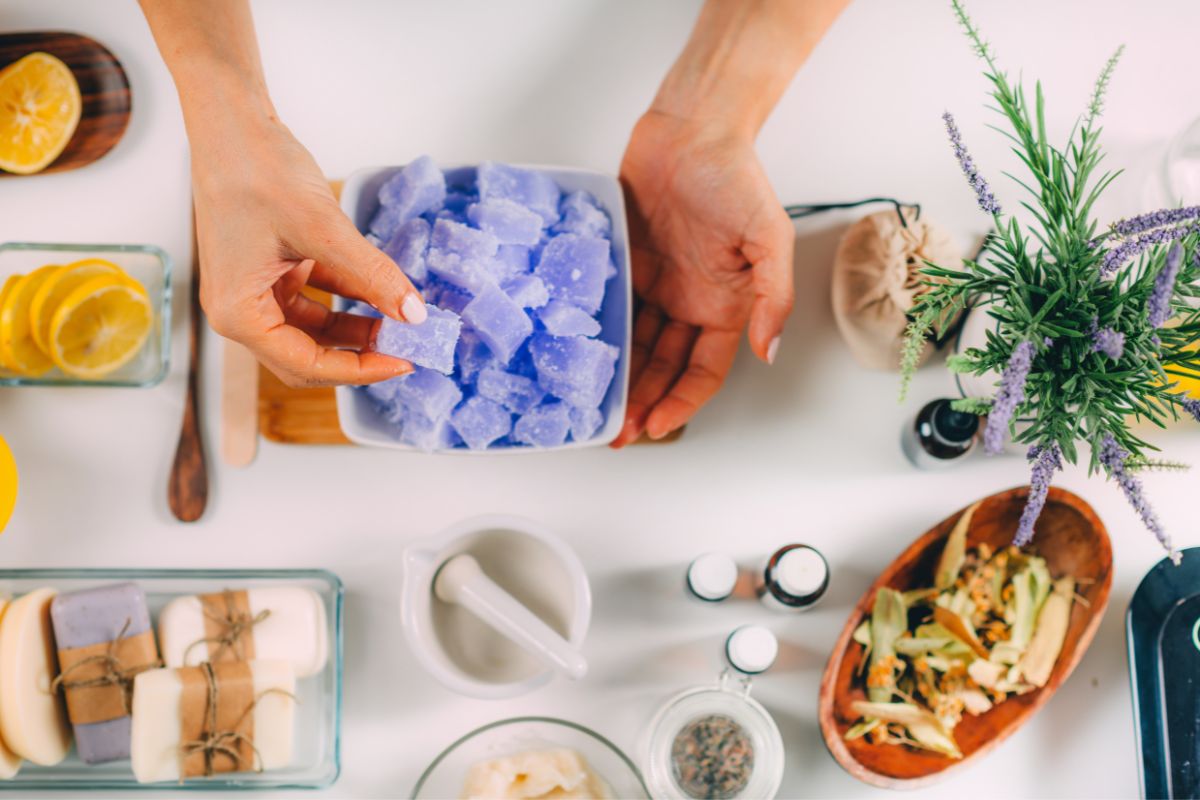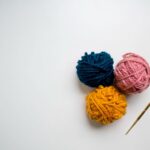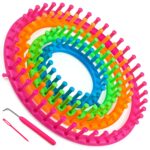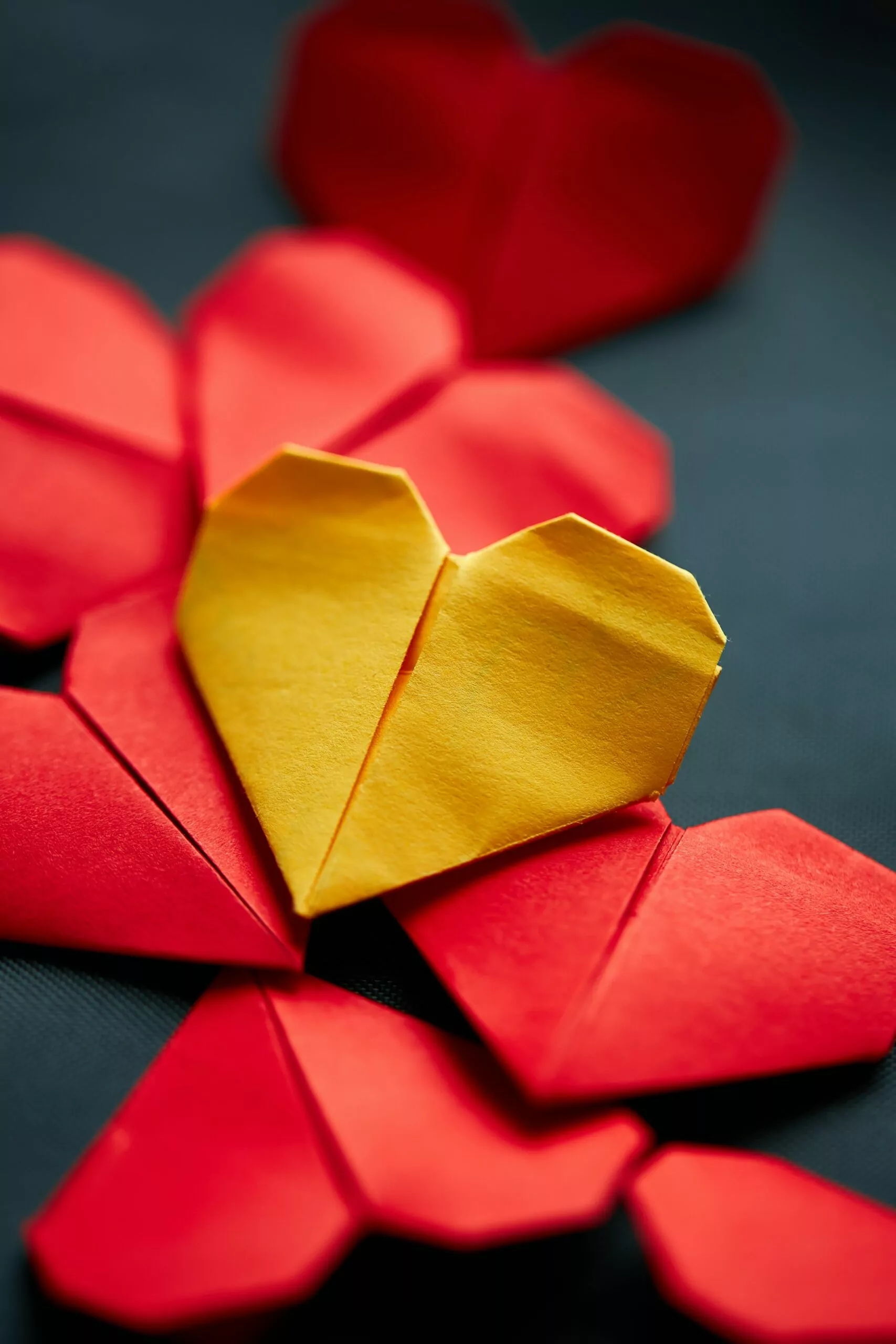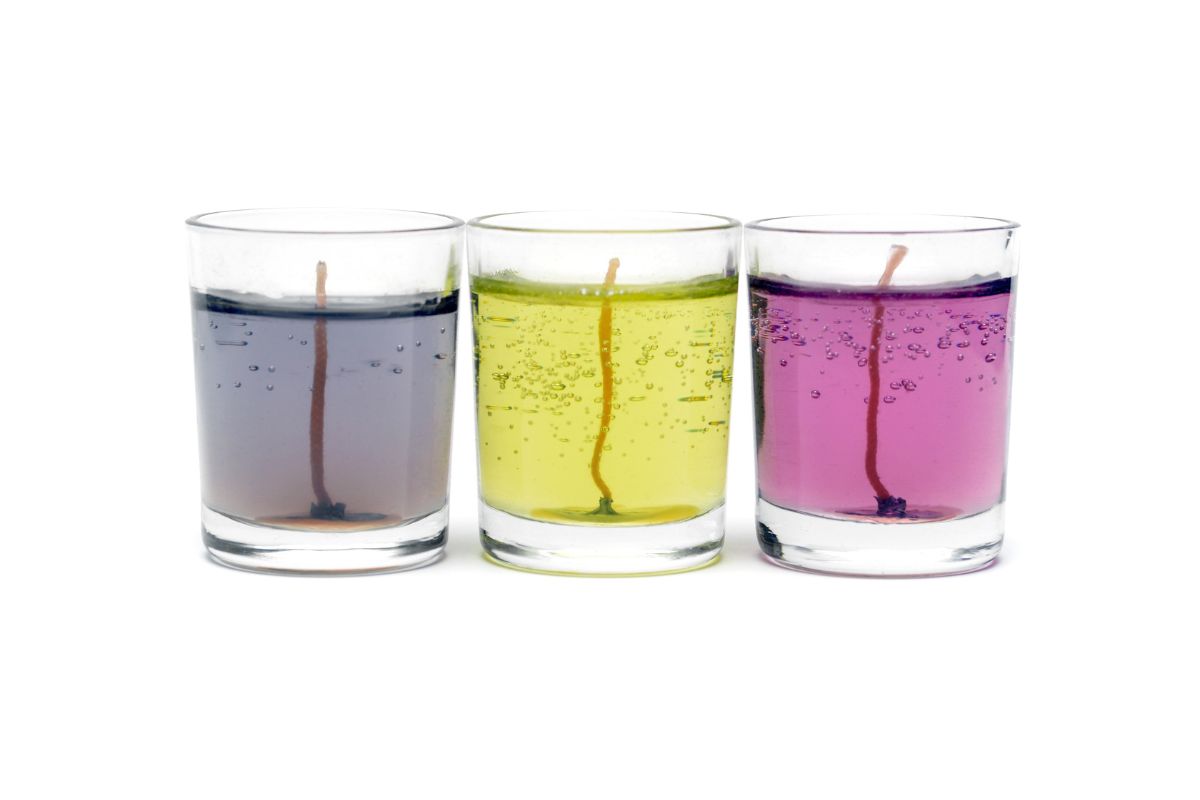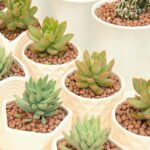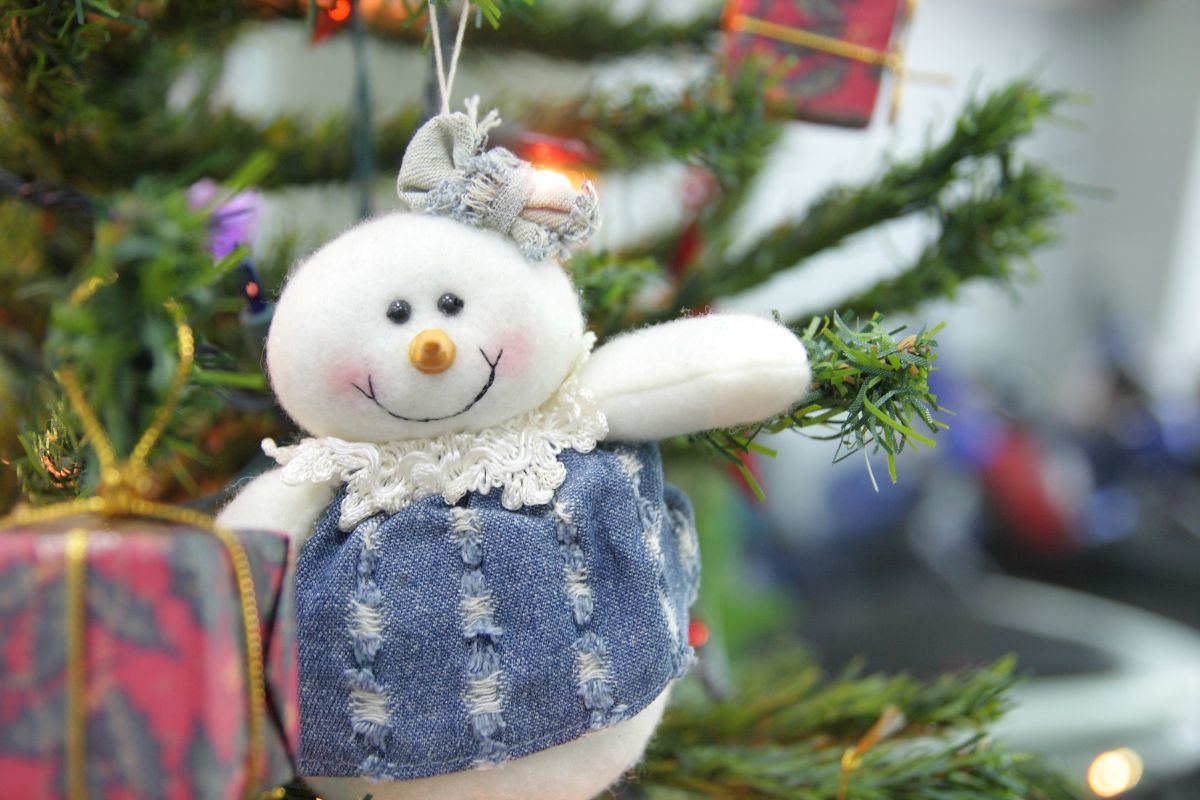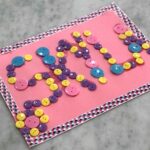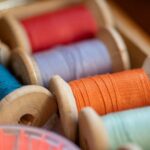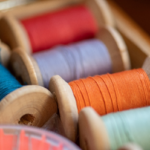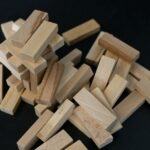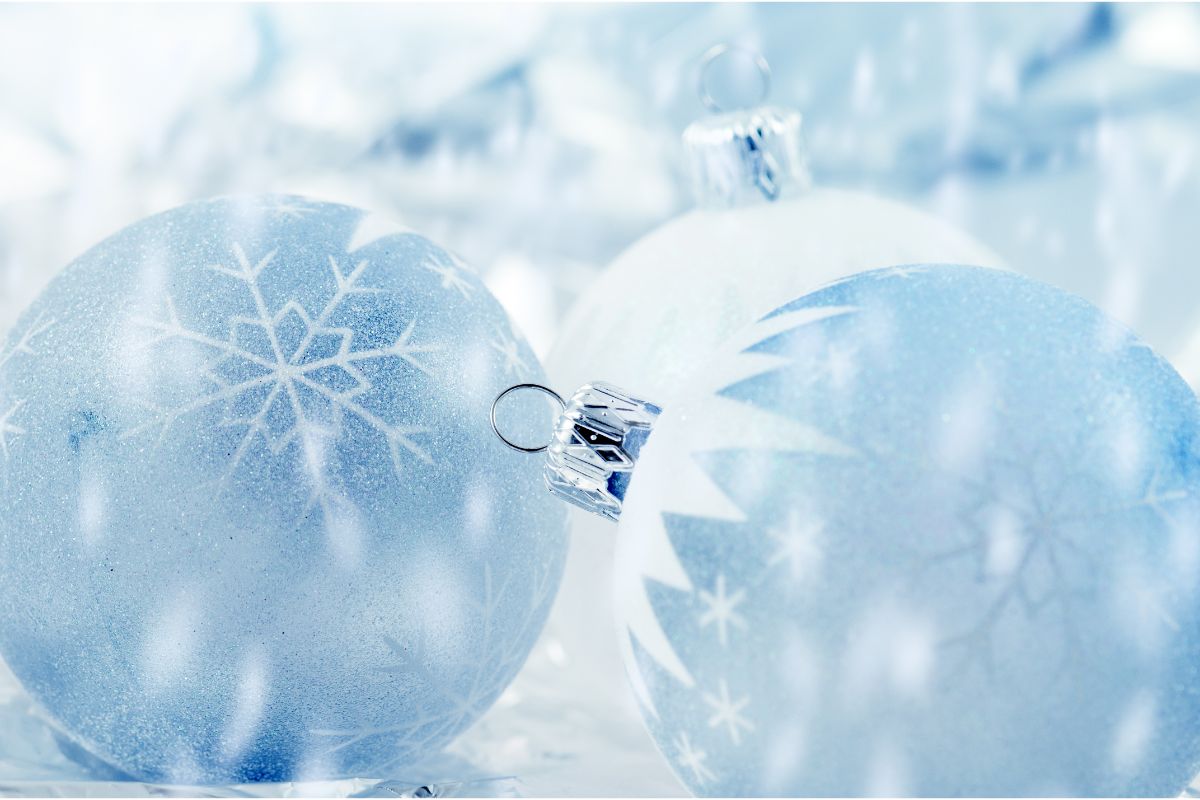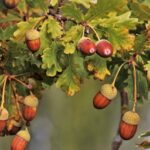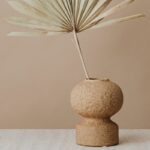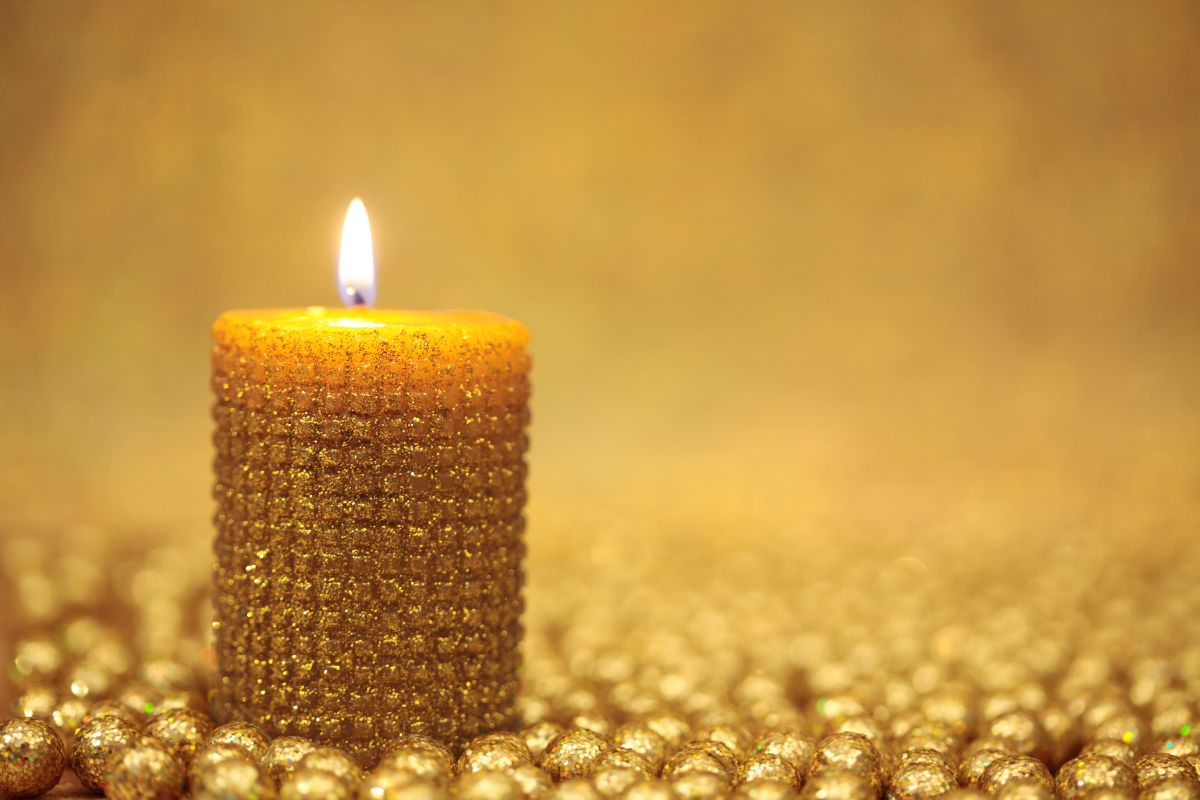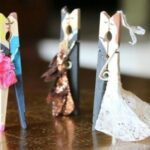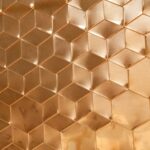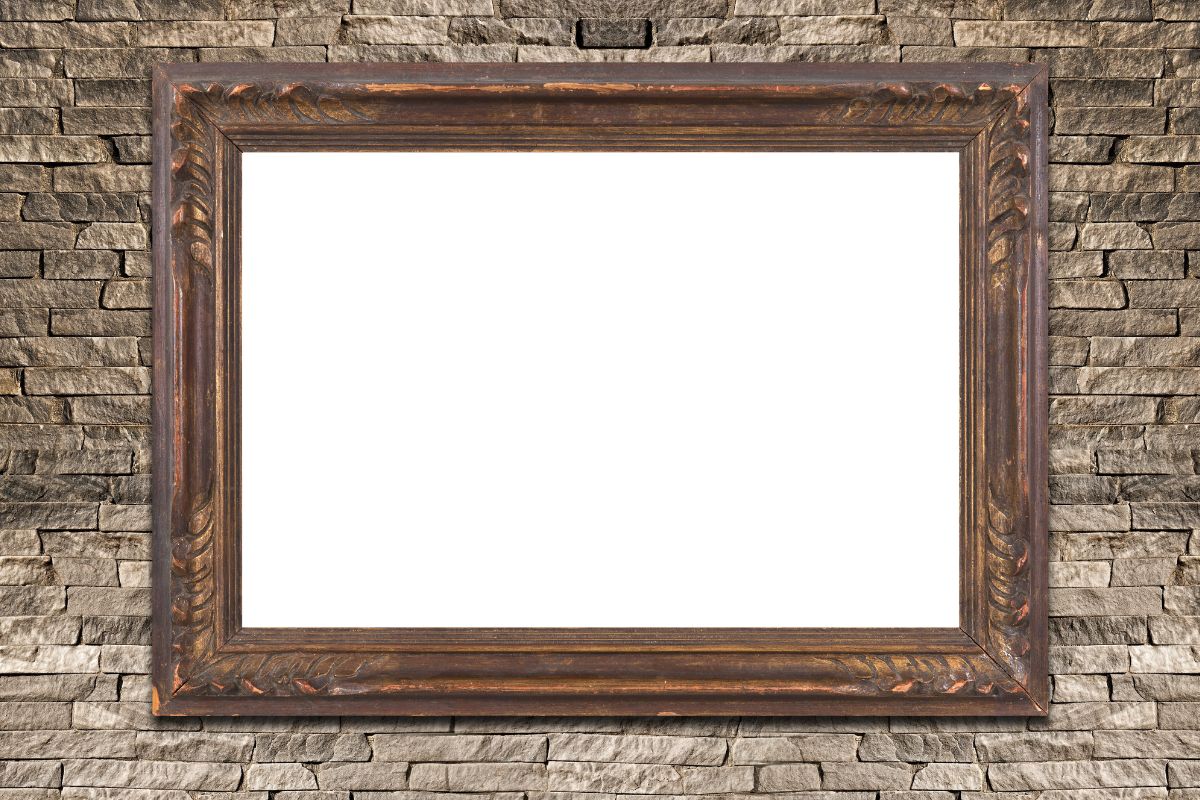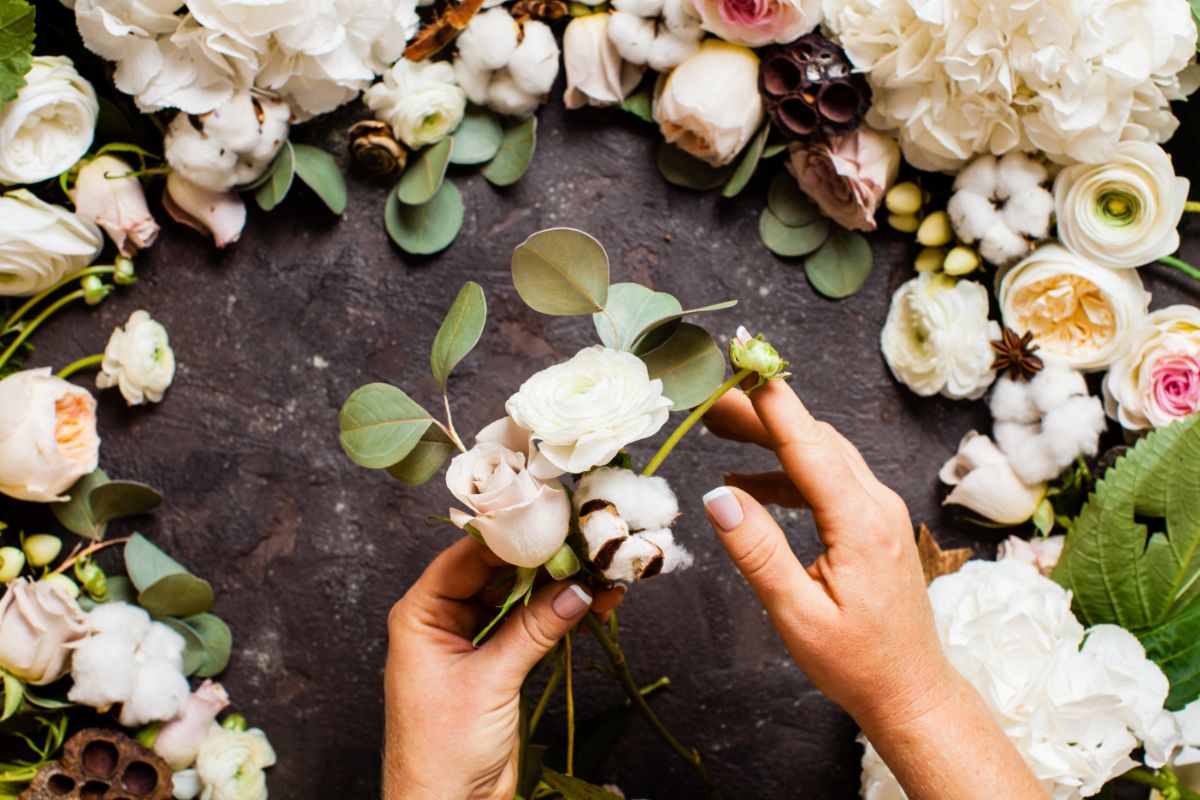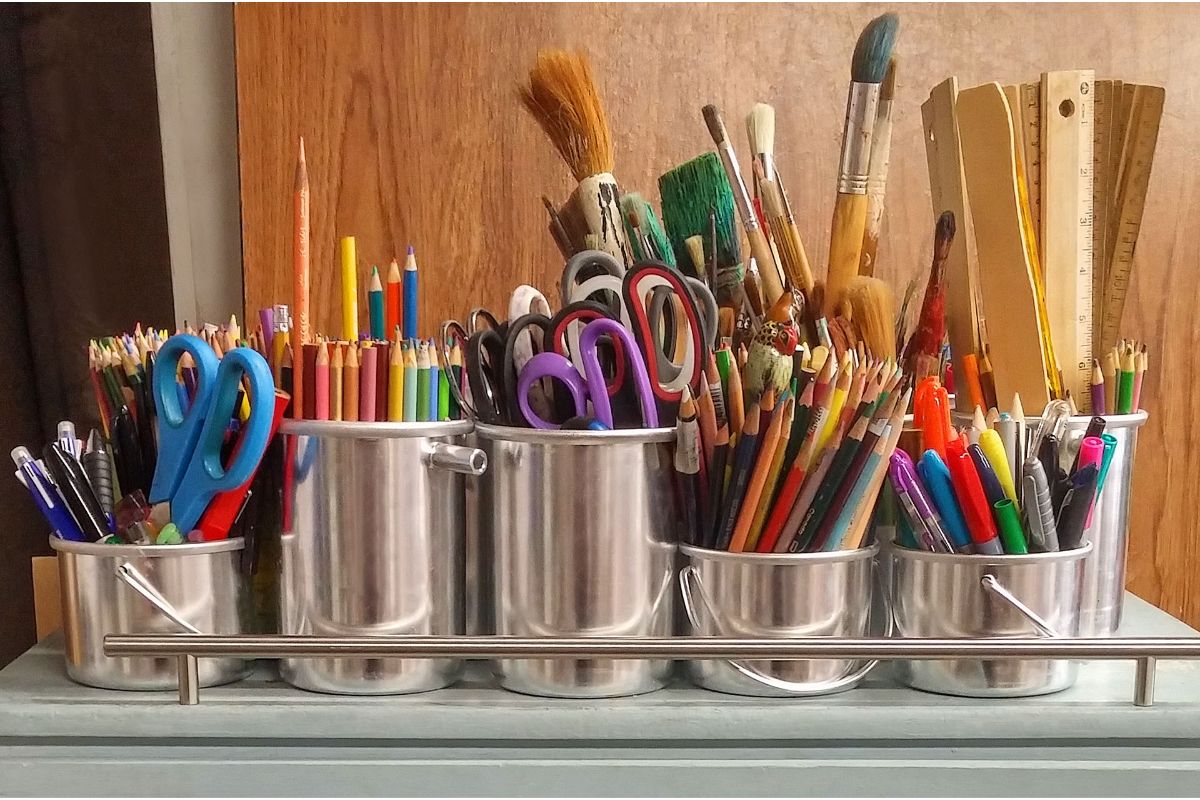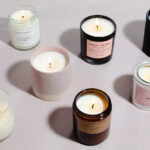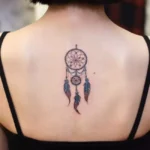
You had just finished your latest knitting project and were so proud of the stunning end-product. But something was missing—it needed something to give it a unique touch of texture and visual interest to truly make it stand out! That’s when you remembered hearing about the magical world of bobbles.
You were intrigued, but had no idea how to make them; that is until now! Bobbles are small balls or bumps created from clusters of knitted stitches, giving your knitwear a charming pop of texture and visual interest.
They’re simple to create, and can be used in different types of patterns for added effect. And best of all, they're incredibly fun to make!
What are Bobbles in Knitting?
Bobbles in knitting are decorative, raised stitches that add texture and visual interest to a knitted fabric. They are small, rounded, or bulbous shapes created by working multiple stitches into a single stitch and then decreasing them back down to one stitch. Bobbles can be incorporated into various knitting projects such as sweaters, hats, scarves, and blankets.
To create a bobble, the following steps are typically involved:
- Knit or purl a set number of stitches into a single stitch. For example, you might knit or purl four or five stitches into one.
- Without turning your work, leave these extra stitches on the left-hand needle.
- Bring the yarn to the front of the work, slip the next stitch from the left-hand needle to the right-hand needle without knitting it, and then bring the yarn to the back of the work again.
- Turn the work and purl or knit the stitches that were worked into a single stitch together. This decreases the extra stitches back down to one.
Bobbles can vary in size and appearance depending on the number of stitches worked into the single stitch and the number of rows used to form the bobble. They can create playful, three-dimensional accents on your knitting, adding texture and flair.
While bobbles can be visually appealing, they can also be a bit more time-consuming to knit compared to regular stitches. Additionally, they can create bulk in the fabric, so it's important to consider their placement and frequency in your project. However, when used strategically, bobbles can add a unique touch and make your knitted piece stand out.
How to Make a Basic Bobble Stitch
To create a basic bobble stitch in knitting, follow these steps:
- Start by knitting to the point where you want to place the bobble.
- Next, work the bobble stitches into a single stitch. Here's how:
- a. Knit into the front of the stitch, but do not slide it off the needle.
- b. Yarn over (bring the yarn to the front of the work).
- c. Knit into the same stitch again, but again, do not slide it off the needle.
- d. Yarn over once more.
- e. Knit into the same stitch for the third time.
- You now have six loops on your right-hand needle. To decrease them down to one stitch:
- a. Slip the next two stitches (one at a time) from the left-hand needle to the right-hand needle without knitting them.
- b. Insert the left-hand needle into the fronts of those two slipped stitches and lift them over the first stitch and off the needle.
- You have decreased the loops to one stitch, forming the bobble. Tighten the yarn slightly to shape the bobble.
Remember that the exact number of stitches worked into the single stitch and the number of decrease rows may vary based on your desired bobble size and pattern instructions. Practice on a swatch before incorporating bobbles into your project to ensure you achieve the desired effect.
Different Types of Bobbles and Their Uses
There are various types of bobbles in knitting, each with its own distinctive appearance and purpose. Here are a few common types and their uses:
Standard Bobble

This is the most basic type of bobble, created by working multiple stitches into one and then decreasing them back to a single stitch. Standard bobbles add texture and visual interest to a project and can be used in various patterns such as hats, scarves, and sweaters.
Large Bobble

knitted hat isolated on white background.hat with pompon .
A large bobble is created by working more stitches into the initial stitch and increasing the number of rows used to form the bobble. These bobbles are more prominent and create a bold texture, often used as focal points or decorative accents.
Cluster Bobble

Cluster bobbles involve knitting or purling multiple stitches together, creating a dense and rounded texture. They are commonly used in lace patterns or as embellishments on garments.
Popcorn Bobble:

Similar to a standard bobble, a popcorn bobble is made by working several stitches into one. However, instead of decreasing the stitches back to one, the stitches are knitted together to form a raised, popcorn-like shape. Popcorn bobbles are often used in decorative stitching or to create a bubbly texture.
The choice of bobble type depends on the desired effect and the pattern you are working on. Experimenting with different types of bobbles can add a unique touch to your knitting projects.
Combining Bobbles with Other Stitches for Added Effect
Combining bobbles with other stitches can create interesting and eye-catching effects in your knitting projects. Here are some ways to incorporate bobbles alongside other stitches:
- Bobble Rows: Alternate rows of bobbles with plain knit or purl rows to create a textured pattern. This is particularly effective in scarves or blankets, where the bobbles add dimension and break up the monotony of plain stitches.
- Bobble Panels: Integrate bobbles into panels or sections of your project. For example, you can create a central panel with columns of bobbles surrounded by simpler stitch patterns. This adds a focal point and draws attention to specific areas of your design.
- Bobble Borders: Use bobbles as decorative borders along the edges of a garment or accessory. This can be achieved by working bobbles at regular intervals or spacing them apart for a more subtle effect.
- Bobbles within Lace: Incorporate bobbles into lace patterns for an intricate and unique look. Place bobbles within the lace motifs to create texture and contrast with the openwork.
- Bobble Accents: Add single bobbles as accents within a larger stitch pattern. For example, place a bobble at the center of a cable or as a highlight in an intricate textured design.
Experiment with different combinations of bobbles and other stitches to achieve the desired effect. Consider the overall design, stitch pattern, and placement of the bobbles to create a visually appealing and cohesive result.
To find out more about knitting, please visit any of the following areas:
- How to sew together knitting
- What is brioche knitting
- How to join yarn in knitting
- How to join in the round knitting
- How to finish a knitting scarf
- How to make a slip knot for knitting
- How to switch colors knitting
- How to hold yarn when knitting
- What does kfb mean in knitting
- How to fix a dropped stitch in knitting
- How to hold knitting needles
- What is frogging in knitting?
- How to change colors in knitting
- How to count rows in knitting
- How to increase in knitting
- How to slip stitch knitting
- How to yarn over in knitting
- What is a knitting loom?
- How to make bobbles in knitting?
- Where can I buy sentro knitting machine?
- What can you make with a sentro knitting machine?
- Cricut Hat Press: A Comprehensive Guide on Usage - August 13, 2023
- Unlocking Creativity with the Cricut Joy: A Comprehensive Guide - August 12, 2023
- The Ultimate Guide to the Cricut Maker Bundle - August 11, 2023

